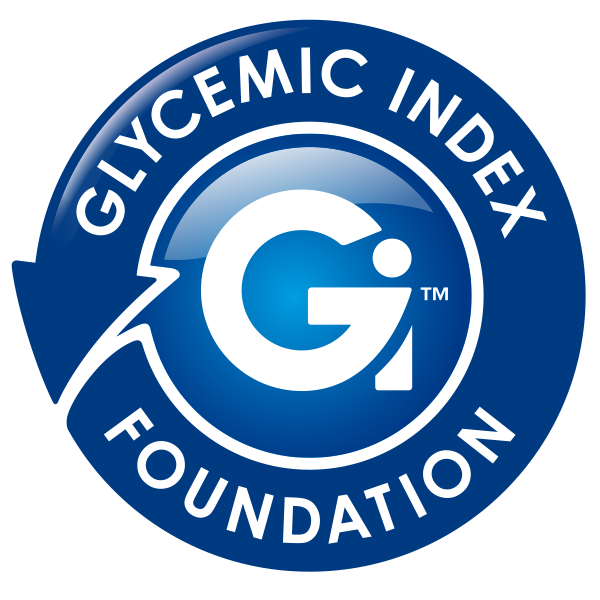During National Heart Week this year, the Heart Foundation is encouraging Australians to get back to looking after their heart health by keeping up regular visits to their medical practitioner and asking about a heart check-up.
Heart health checks provide a valuable opportunity to get advice about your risk of developing cardiovascular disease, discuss ways to lower your risk and become empowered to look after your own heart health.
The Heart Foundation said the COVID-19 pandemic has led to a range of indirect health consequences, including a significant drop in the number of preventative health assessments during 2020, including heart health checks.
They say the prevention and management of cardiovascular disease has never been so critical, and we all need to understand the risk of developing heart disease and know what we can do to lower that risk.
Key factors for heart health
Two of the key factors for reducing the risk of developing heart disease is to implement a healthy low GI diet and increase your physical activity.
The importance of low GI for heart disease was acknowledged by the World Health Organisation (WHO) and Food and Agriculture Organisation (FAO) in 1999 when they recommended people base their diets on low GI foods to prevent the most common diseases of affluence, including coronary heart disease, diabetes and obesity.
And a new multinational study reported in the New England Journal of Medicine last month [April 2021] provides further support for the benefits of low GI. This new research found eating foods with a high glycemic index is linked to a higher rate of major cardiovascular events such as heart attack and stroke.1
New research backs low GI
The study followed 137,851 people from five continents over an average of nine years. It found those with the highest-glycemic-index diet were more likely to have a major cardiovascular event, or die from cardiovascular-related causes.
The results showed that eating poor quality carbohydrates is “likely to be more adverse than the consumption of most fats in the diet,” according to study author Salim Yusuf, professor of medicine at McMaster University in Canada.
He said this calls for “a fundamental shift in our thinking of what types of diet are likely to be harmful and what types neutral or beneficial”.
Benefits of a low GI lifestyle
Evidence shows that lifestyle changes, including a healthy low GI diet and getting more active, can significantly reduce the risk factors of heart disease and improve heart health by:
- Improving the elasticity of blood vessel walls and blood flow by reducing post-meal blood glucose levels
- Improving blood cholesterol levels, independent of the benefits of weight loss
- Reducing the risk of atherosclerosis, a chronic disease affecting blood vessels
- Aiding abdominal fat reduction
Heart friendly low GI lifestyle tips
1. Eat plenty of colourful vegetables and fruits
Seasonal and fresh vegetables and fruits contain a variety of vitamins and minerals, as well as fibre and antioxidants, and have been shown to help prevent heart disease. Aim for five serves of different coloured vegetables and two serves of fruit a day.
2. Look for low GI grains and cereals
Be choosey about the types of grains and cereals you eat. A low GI and high fibre and can help lower your cholesterol, while eating more wholegrains is associated with a lower risk of developing cardiovascular disease (heart disease and stroke).
3. Include a variety of healthy protein-rich foods
The best protein-rich foods options are plant-based proteins like beans, chickpeas, lentils, nuts and seeds, as well as fish and seafood. Eggs and poultry are also protein-rich foods that can be enjoyed as part of a heart-healthy eating pattern.
4. Choose calcium-rich milk, yoghurt and cheese
Dairy foods will not increase or decrease your risk of heart disease, but they can be an important source of calcium, protein and other minerals. They have a low GI and help lower blood pressure when consumed in a diet with plenty of vegetables and fruits. If you have heart disease or high cholesterol, reduced-fat milk, yoghurt, and cheese are healthier options.
5. Quality healthy fats and oils that count
Just like carbohydrates, it’s the quality of fats we choose which is important. Choose foods with high amounts of healthy fats such as avocados, olives, nuts and seeds. Use healthy oils for cooking such as olive, canola, sunflower, peanut and soybean oil.
6. Add flavour to foods with herbs and spices instead of salt
Eating too much salt can lead to high blood pressure, which is a risk factor for heart disease. One of the best ways to reduce the amount of salt you eat is to base your diet on fresh, unprocessed foods like fruit and vegetables. If you want to add extra flavour to your food or your cooking, try adding herbs and spices.
Reference:
1. Glycemic Index, Glycemic Load, Cardiovascular Disease and Mortality Report.


